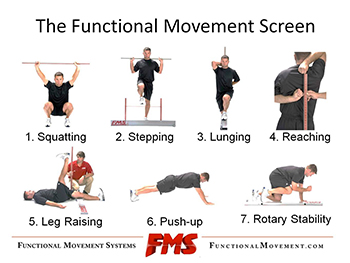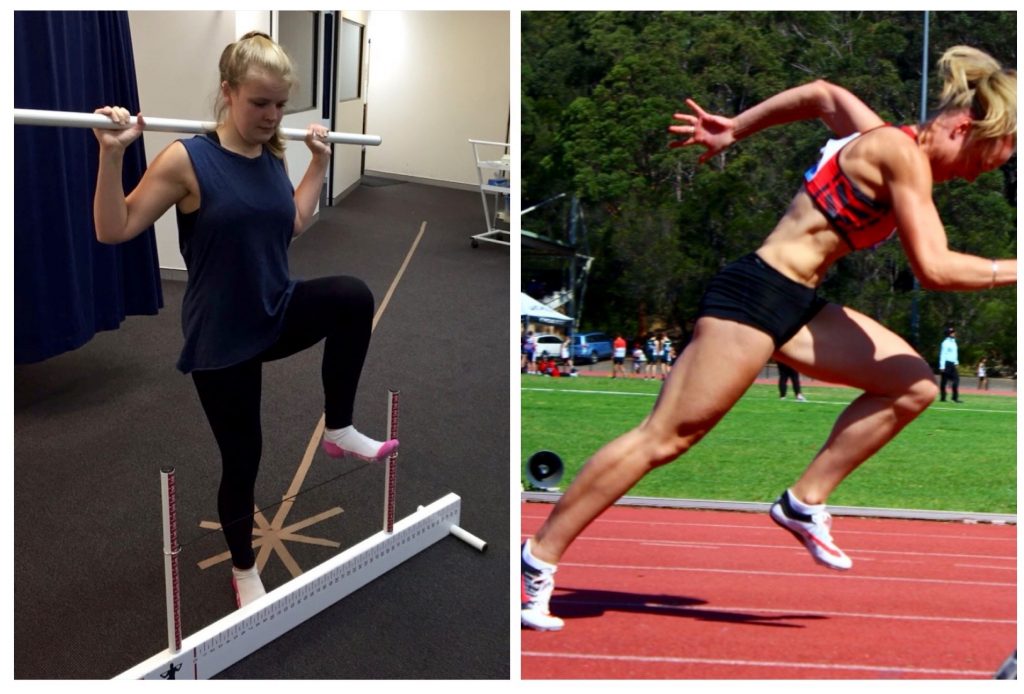Once the athlete or client’s training goals have been established it is important that we as coaches identify potential limitations and risks that may impact our chances of success.
Simple logistical constraints such as availability of training time and equipment can be a limitation and need to be considered, however these are of lesser importance than reducing the risks that are inherently involved with training in the weightroom or practice.
Before seeking enhancements in fitness, the Strength and Conditioning professional’s primary concern is injury prevention. If a client or athlete is hurt through the training process it will be necessary to place restrictions on their program which may slow the rate of improvement towards the goal. For the athlete or client, an injury can mean diminished movement capacity and quality of life. Injuries can lead to missed practice and missed games, lost opportunity and income, and perhaps the end of a career. These are all very possible scenarios and all parties involved should be leaning as close as possible to the side of prevention.
In order to attenuate the likelihood of an injury occurring we need to be aware of the factors that heighten risk. As it relates to endeavours of physical activity, it is documented that the main contributory factors to injury, in order of greatest to least are:
1. Previous injury
2. Right vs left side asymmetry
3. Motor control deficit
4. BMI
5. Poor training Choices
Knowing the evidenced predictors, it is imperative that we use a system of screening and assessment that identifies these factors before implementation of a proposed training solution. Such a process would be highly influential toward addressing an individuals needs, maximising the return on our efforts and minimising future risk.
We use the Functional Movement Screen (FMS) as the first step of our appraisal process. The FMS is a system to evaluate current movement quality for people who wish to increase physical activity. It is designed for those that do not have pain or injury as a way to prioritise further assessment where necessary, and help decide the appropriate entry point for an individual onto the training path. It is simply the beginning of the information gathering process.

Low Score = You can still go; you just might need to go a little slower for now
The screen is composed of seven fundamental movement patterns and three clearing tests that require a balance of mobility and stability and place the individual in extreme positions where deficits in these areas are noticeable. The FMS aims to set a minimum standard of movement competency, provide insight into potential movement problems if the baseline is not met, and guide appropriate exercise selection and progression. If an individual can not display an easy access of fundamental movement availability as per the FMS criteria, then the training program becomes dialed to match the outer reaches of the individual’s current ability. A low FMS score does not necessarily exclude an individual from the training process. It simply means that our exercise selection is directed towards not exploiting those areas where limitation is present. Advancing into higher-stage activities with a movement foundation that is poorly prepared incurs a greater training cost and if the athlete is not injured, at best there will be a higher need for recovery to offset the increased physiological price and a reduced level of preparedness can result.
The screen is an objective, reliable and repeatable baseline standard of movement, that filters out many of the contributing factors to damage risk such as poor movement quality, right-left asymmetries and presence of pain. The FMS is not a diagnostic tool, however, presence of pain while undertaking the screen is a red flag that requires treatment by a medical professional until it is resolved.
As Strength and Conditioning practitioners, we would like to know if joints can get into trainable positions that we need to meet our end goal – where training those positions only contributes and does not impair movement or system, and produces a more robust and prepared performer. In under fifteen minutes, the FMS can provide an answer. It is a first stage audit of our exercise choices and a guide for best practice.
Danny James is the Head of Personal Training and Strength and Conditioning services at Central Physio and Performance Fitness, located in Surry Hills in the Sydney CBD area. danny@centralperformance.com.au




